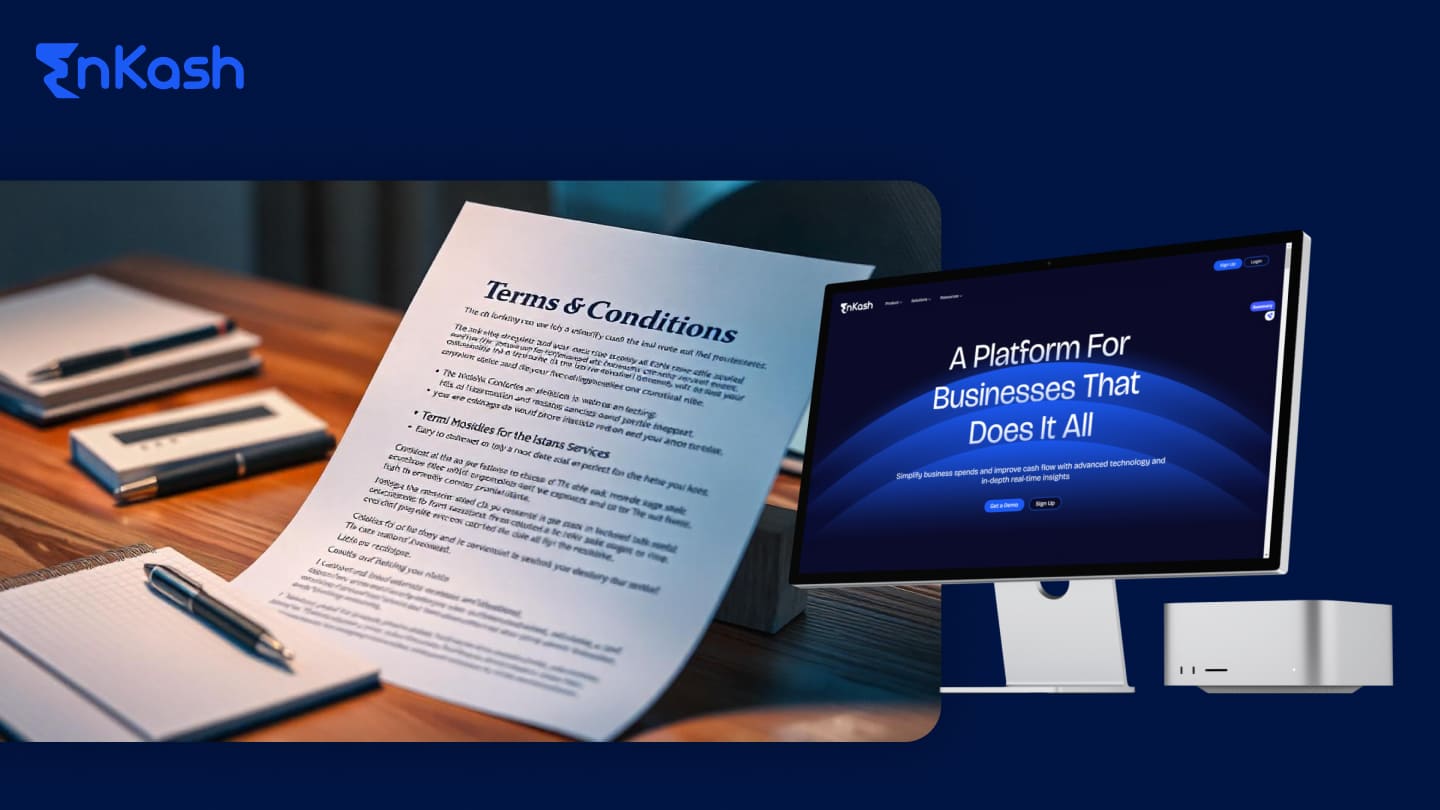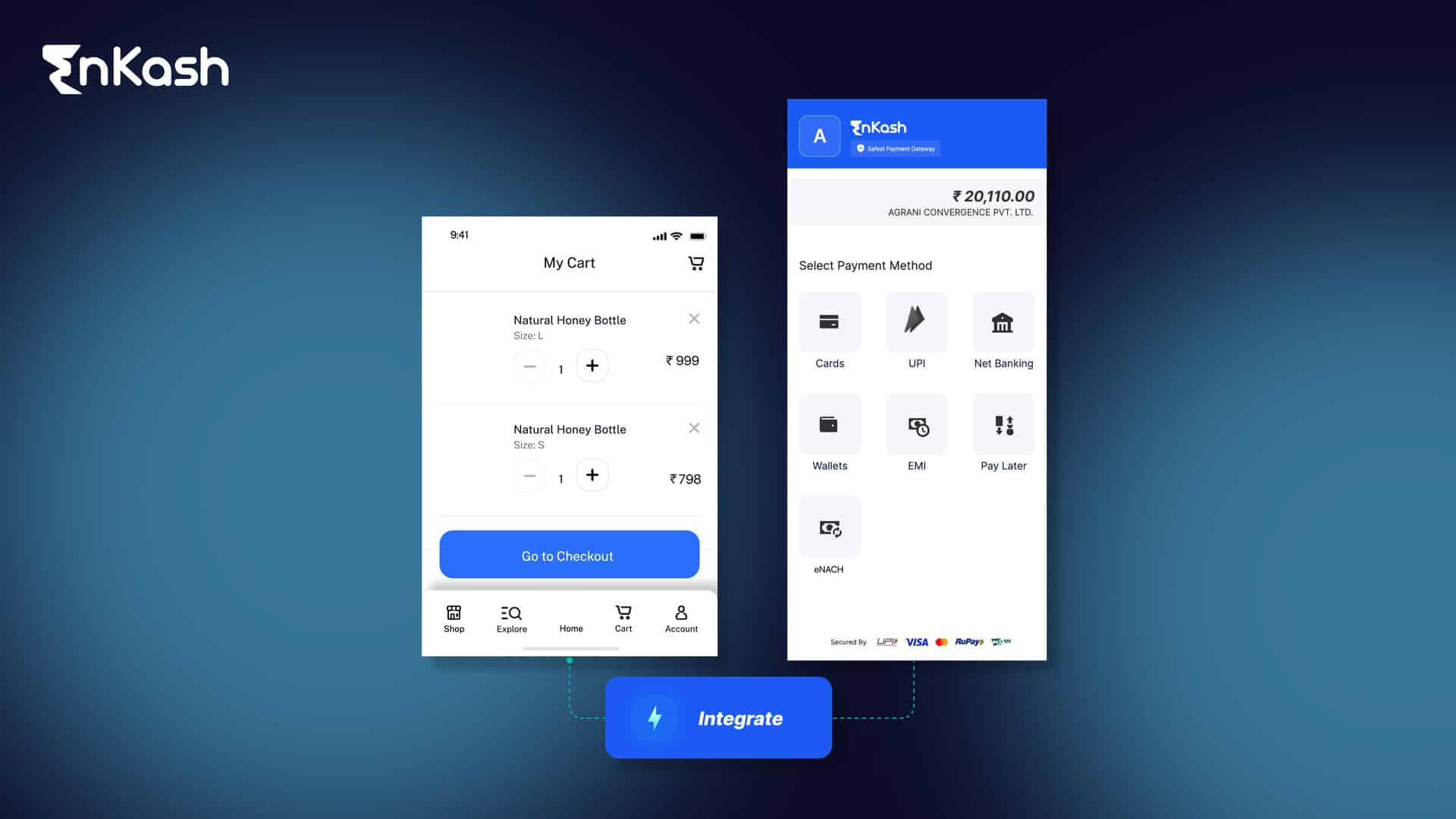Provisions in accounting are essential to allow a company to properly plan and budget for future liabilities that are not certain in terms of exact amount or timing but are very likely. Provisions are not just about financial savings; they are a sum of money that could offset potential losses or costs resulting from bad debts, taxation, warranty, and other things. Companies reserve provisions to avoid business uncertainties and disruption, as well as to meet certain accounting standards such as Indian Accounting Standards (Ind AS) and International Financial Reporting Standards (IFRS).
What is Provision in Accounting?
Provision meaning in accounting means funds set aside by the business to cover some future liability or outgoings but where the amount and timing are uncertain. Provisions are reported on the financial statements on the basis that all estimated costs should be included on the books in the period in which they are expected to arise, ensuring the requirements for the matching principle are met.
Reliable financial reporting is difficult without the notion of provisions. Provisions allow businesses to prepare for future possible costs, such as outstanding debt or taxation. It prevents companies from overstating their profits, thereby reporting a realistic picture of their finances.
It is crucial, however, to draw a distinction between provisions and reserves, even if both represent amounts set aside from profit. Reserves look like a positive set-aside from profits, but provisions reflect the possibility of a future outflow of economic resources. For instance, a company can make a provision for bad debts when it knows that some of the money that it is owed as a part of the accounts receivable is unlikely to materialize.
In this article, we will look at provisioning accounting in detail, its creation process and understand how journal entries are made for taxation.
Importance of Provisions in Financial Accounting
Provisions are crucial to ensure the accuracy of a company’s financial statements. They ensure to match future liabilities to revenues recognised in the same accounting period, which is crucial for companies that use the accrual method of accounting.
A company’s financial statements could misrepresent the company’s status to its stakeholders, without provisions. Inflating profits by not disclosing liabilities can lead to poor decisions by the investors, lenders and management of a company. Provisions provide a more accurate assessment of the firm’s financial health, especially if the industry it operates in carries a higher risk, such as manufacturing or retail.
Provisions help manage risks. For instance, a company makes provisions for bad debts to prepare for account receivables defaults. This way, when cash inflows are hit by a default, the loss will be less financially devastating than it would be without the provision.
Provisions are also needed to meet compliance obligations for standards like IAS 37 that are used to recognize provisions, contingent liabilities and contingent assets.
Types of Provisions in Accounting
There are different types of provisions in accounting depending on the range of liabilities a company can face. Let’s explore these provision types below:
Bad Debt Provision
Bad debt provision is one of the commonly used provisions which estimates the accounts receivables a company expects not to be paid. It is calculated based on historical trends or industry benchmarks and is made to prepare for financial losses in the future from customers unable to meet their debt obligations.
Doubtful Debts
Doubtful debt provisions refer to receivables that are still outstanding but are likely to go bad. This is a more conservative forecast of debt losses based on economic conditions or customers’ inability to pay.
Depreciation Provision
Depreciation is the decrease in the value of an asset due to wear and tear over time. A depreciation provision enables companies to spread the cost over the expected useful period for an asset. It’s a way for companies to accurately reflect expenses against an asset’s consumption through multiple accounting periods.
Pension Provision
Companies that provide pensions to their employees must put aside money for future pension expenses. A pension provision is for anticipated payouts to retired employees based on their years of service and salary.
Provision for Warranties
Companies that provide product warranties add provisions for future replacement or repair expenses. The provision is calculated considering the number of products sold with warranties and the historical warranty claim rates.
Restructuring Provision
When a company restructures, such as by closing a facility or laying off employees, it sets restructuring provisions that account for the estimated costs of restructuring – for example, severance payments, disposing of equipment or building facilities, etc.
Provision for Obsolete Inventory
Companies producing goods with a relatively short shelf life or subject to rapid or unique technological changes will make provisions for obsolete stock of goods. The provisions help to deal with inventories that need to be discounted or written off due to changes in market demand or product obsolescence.
Provision for Taxation
Tax provisions involve preparing for future tax payments. We will explore tax provisions with journal entries in detail below.
Accounting Treatment of Provisions
Provisions are created through an entry in the company’s books that estimates the future liabilities. The provision must be recorded when there is a high probability of future liability occurring and the amount of that liability can be estimated reliably. Here’s how provision accounting is usually recorded.
Double-Entry Accounting for Provisions
Using the double-entry system, every provision is designated as an expense on the income statement and a liability on the balance sheet. For instance, when a bad debt provision is made, these entries are made:
Debit: Bad Debt Expense
Credit: Bad Debt Provision (Liability)
Adjusting Provisions
At the end of the accounting period, provisions are reviewed by the accounting team, who make the necessary adjustments to the amount they have already set aside. For example, a change in the allowance to reflect a higher or lower bad debt provision would be accounted for as follows:
Debit: Bad Debt Expense (for an increase in the provision)
Credit: Bad Debt Provision
Reversing Provisions
If a provision is no longer applicable, then it is reversed. For instance, if a company recovers the money for a bad debt, it must reverse the bad debt provision:
Debit: Bad Debt Provision
Credit: Bad Debt Expense
Reversing provisions ensures that companies do not overstate their liabilities.
To conclude, the method of double-entry accounting ensures the balance between the income statement and the balance sheet. Adjustments and reversals ensure companies continue to present their accurate financial health.
Read More: Difference between Cost accounting and Financial Accounting
Journal Entries for Common Provisions
Journal entries are essential to actualising provision accounting. Let’s look at some common provision accounting entries, depicted below.
Journal Entry for Bad Debt Provision
When making a bad debt provision, it will be recorded as:
- Debit: Bad debt expense (income statement)
- Credit: Provision for bad debts (balance sheet)
This entry recognizes the expected loss from the unpaid receivable as an expense while the liability is recorded as a balance sheet item.
If the bad debt has to be written off and the provision is used, the journal entry will be as follows:
- Debit: Provision for bad debts
- Credit: Accounts receivable
Journal Entry for Depreciation Provision
Depreciation provisions help in spreading the cost of an asset over its useful life. The journal entry is as follows:
Debit: Depreciation expense (income statement)
Credit: Accumulated depreciation (balance sheet)
The entry simultaneously lowers the value of the asset recorded on the balance sheet, and records the expense over time on the income statement.
Journal Entry for Warranty Provision
Companies that offer product warranties must have provisions for future claims:
Debit: Warranty expense
Credit: Provision for warranty
The journal entry shows the expected warranty costs for sold products in an accounting period.
Journal Entry for Pension Provision
The following journal entry is made when recording pension provisions:
Debit: Pension expense
Credit: Provision for pension liabilities
The provision helps businesses prepare for future pension obligations to their employees.
Journal Entry for Obsolete Inventory Provision
For inventory that may become unsellable or obsolete, the provision is recorded as follows:
Debit: Inventory write-off expense
Credit: Provision for obsolete inventory
It ensures that obsolete inventory is reflected in the financials. In the absence of these entries, a business might unintentionally overstate its assets.
Such entries ensure that financial statements reflect anticipated liabilities with full knowledge of one’s obligations, demonstrating both good business judgment and essentially honest bookkeeping.
Read More: Account receivable process
The Process of Creating Provisions in Accounting
Creating provisions in accounting needs to be a systematic process to ensure that future liabilities are recorded in a timely and appropriate manner. Here are the steps involved in the provision creation process.
- Identify Potential Liabilities
Identify obligations that will create a liability in the foreseeable future, although the exact amount or timing is uncertain, for example, bad debt, taxes and warranties. - Estimate the Amount
The next step is to estimate how much money to put aside for each of the identified liabilities – often based on past experience and industry averages, or legislative and regulatory requirements. Warranty claims might be, for example, estimated based on the defective products observed in recent times. - Determine the Likelihood
Accountants must also measure how likely the liability is to occur. IAS 37 states that provisions should be created only if the liability is ‘probable,’ meaning that the chance of the liability occurring is more than 50%. - Record the Provision in Financial Statements
Once the estimate of the amount and probability of the liability is determined, a journal entry is made to record the provision. For instance, bad debt provision is recorded as an expense in debit and a provision in credit. - Review and Adjust Provisions Regularly
Provision must be reviewed from time to time, and if there is a new estimation or if there are changed circumstances, the amount of provision must be reduced or increased. For example, if there are less warranty claims than originally expected, the provision for warranties can be reduced. - Reverse the Provision if Necessary
In case the liability doesn’t occur or the estimate was excessive, the provision can be reversed, to make sure the company’s financial position is not overstated.
The process enables businesses to estimate future liabilities, ensure proper financial accounting, and meet regulatory requirements.
Provision for Taxation: Explanation and Journal Entries
Provision for taxation is a particularly significant form of provision because, unlike some other items on the balance sheet, tax is a constant and inevitable presence for any company. It is a liability which, if not planned for correctly, could result in fines or misrepresentation of the organization’s financial position.
Understanding Provision for Taxation
Tax provision is concerned with the amount of tax due in a company’s current financial period, but which has yet to be paid. This can include income, sales or corporate tax.
The provisions ensure businesses don’t end up with significant bills at the end of the fiscal year. It also ensures companies show tax-adjusted profitability.
How is Provision for Taxation Calculated?
The tax provision is calculated considering the below factors:
- Current Income: Profit before taxes is assessed, and then the tax rate is applied.
- Tax Deductions: Any allowable deductions, credits, or exemptions are subtracted from the total taxable income.
- Previous Year’s Tax Rate: Companies could use tax rates for previous years to estimate their current tax liabilities.
Journal Entries for Provision for Taxation
After the estimated tax is determined, the journal entry is recorded to recognize the provision:
- Debit: Income tax expense (income statement)
- Credit: Provision for taxation (balance sheet)
The entry ensures that the estimated income-tax expense is included in the current accounting period, even if payment is not due until a later period.
Adjusting Provision for Taxation
At the end of the financial year, some companies will have to determine the amount of provision for taxation to be made based on the actual tax liability. In these cases, the adjusting entries would be made to reflect the right amount of provision for taxation.
- If the actual tax is higher than the provision:
- Debit: Income tax expense
- Credit: Provision for taxation
- If the actual tax is lower than the provision:
- Debit: Provision for taxation
- Credit: Income tax expense
Tax provision ensures companies handle their tax liabilities appropriately, meet regulatory requirements and present accurate financial statements.
Read More: GST payment
Conclusion
Provisions in accounting are important to any kind of business that needs to anticipate and manage liabilities in the future. These liabilities can include bad debts, warranty claims, and taxes. Setting aside money provides a defensible cushion against these liabilities in advance so that a business will have the ability to pay the bill when it comes due.
Provisions can be recorded with the help of journal entries. Reviewing these entries at regular intervals is necessary to keep financial statements valid and compliant with accounting standards. Provisions also help maintain overall financial transparency, help management better manage risks and prepare for many future obligations. Be it a taxation or bad debt provision, these accounting entries keep the business running and are the key to its success over the long term.
FAQs
What is the main difference between a provision and a reserve in accounting?
A provision is an amount set aside from a company’s profits to cover a future liability, such as bad debts or tax liabilities, that is likely but uncertain in timing or amount. A reserve is an allocation of profits to strengthen the financial position of the company or fund future investments like expansion or risk management.
How do businesses calculate the amount for a bad debt provision?
The bad debt provision is calculated based on historical data, industry trends, and an analysis of the company’s receivables. Businesses typically use a percentage of total accounts receivable based on past experiences with unpaid invoices. For example, a company experiencing an average of 5% of unpaid receivables creates a provision equal to 5% of the current receivables balance.
What are the journal entries for recording provisions for taxation?
The journal entry for recording provisions for taxation is as follows:
Debit: Income tax expense (reflects the tax charge on the income statement)
Credit: Provision for taxation (creates a liability on the balance sheet)
At the end of the financial year, once the actual tax amount is determined, an adjusting entry is made to settle the provision, ensuring that the tax liability and expense are recorded accurately.
How are provisions accounted for in a company’s financial statements?
Provisions are accounted for as liabilities on the balance sheet and as expenses on the income statement. When a provision is created, an expense is recognized in the income statement, reducing the company’s net profit. Simultaneously, a liability is recorded in the balance sheet under current liabilities, indicating that the company anticipates an outflow of resources to settle the obligation in the future.
Is a provision considered a current or non-current liability?
Provisions are generally classified as current liabilities, as they represent obligations that the company expects to settle within the next financial year. However, if the provision is for a liability that is expected to be settled over a longer period, it could be classified as a non-current liability.
Can provisions be reversed, and under what circumstances?
Yes, provisions can be reversed if the anticipated liability no longer exists or if the actual expense turns out to be lower than initially estimated.
Why is provision for taxation important in accounting?
The provision for taxation ensures that a company sets aside the necessary funds to meet its tax liabilities for the current period. This provision helps businesses avoid financial shocks at the end of the fiscal year when taxes are due. It also ensures that the financial statements accurately reflect the company’s profitability after taxes.
How does creating provisions affect a company’s financial position and profitability?
Creating provisions reduces a company’s profitability in the short term because the anticipated future expenses are recognized as current period expenses, thus lowering net income. However, provisions improve the financial position by ensuring that the company is prepared for future liabilities, which enhances financial stability.
What are some common mistakes companies make when accounting for provisions?
Some common mistakes include underestimating liabilities, overestimating liabilities, failure to review and adjust provisions, and not adhering to IFRS/IAS guidelines.













